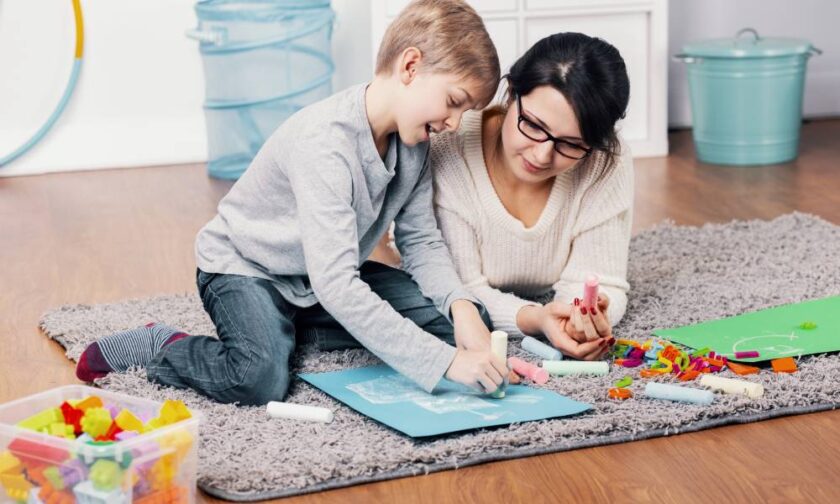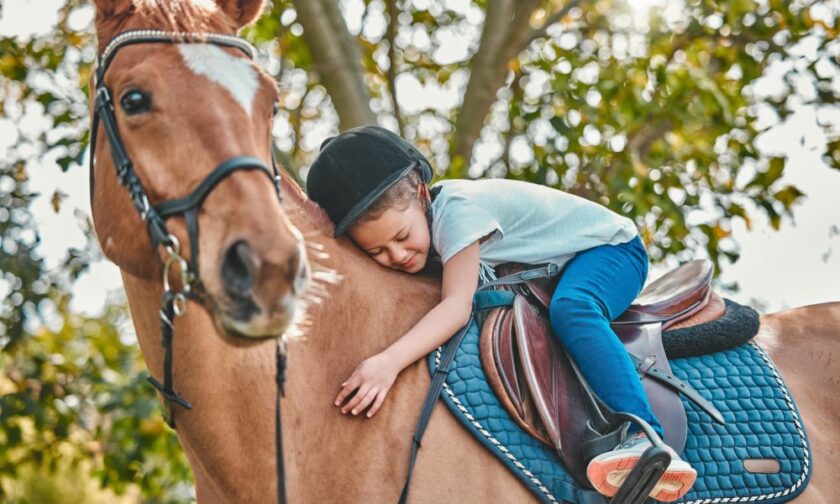Parents with children on the autism spectrum may relate to this scenario: you hear your child walk outside for a motion break only to realize they’re not wearing a coat in the middle of winter. When asked, they respond that they aren’t cold. The reason your child might not notice the cold is the same reason another child might not feel the need to eat or notice when they’ve hit their head. It may even contribute to a child with autism having a meltdown. It’s related to the idea of interoception.
What Is Interoception?
Interoception describes a person’s awareness of what is going on inside their body. This includes being aware of heat, cold, hunger, thirst, pain, or the need to use the restroom. It may also include recognizing the physical sensations of emotion, such as tensing up when one is afraid. This can lead to a child with autism not recognizing that they’re feeling an emotion until they’ve reached meltdown levels.
Many children on the autism spectrum experience a lack of body awareness and, although they tend to grow out of it by adulthood, parents can still find ways to improve interoception for kids with autism in the meantime.
Simon Says
A fun way to introduce your kids to their bodies is a game of Simon Says. You can have your kids blink their eyes, clench their fists, rub their stomachs, or breathe quickly. You can then draw a diagram of the body (if you have paper big enough, you can also trace your child) and talk to them about the different bodily sensations and make a chart showing what different sensations mean. For example, shallow breathing means they’re afraid or hot eyes mean they’re tired.
Mindfulness
Awareness is at the heart of mindfulness. Simply put, mindfulness is when one stops to become aware of their surroundings, senses, and feelings. While practicing mindfulness is usually associated with things such as deep breathing and meditation, it doesn’t only have to involve these activities. You can take your child on a walk and ask intentional questions. “Do you feel the wind on your face? What does the wind feel like?” Or “What do you hear? How do those sounds make you feel?” Helping your child identify these sensations for themselves will help build their self-awareness.
Massage
Massage is an ancient tradition, but in recent years people have discovered it offers a number of benefits for people with disabilities, including those on the autism spectrum. Massage can help kids with autism calm down and become aware of all the parts of their bodies. For kids who loathe being touched, there are non-contact options such as massage chairs and handheld massagers that offer the same benefits as massages performed with human hands.
Know Your Child
It takes time for children with autism to improve interoception, so, ultimately, you will have to become aware of what your child needs even when they aren’t. When your child is fussy, offer them a snack, a drink of water, a potty break, or ask them if something hurts. The more you become aware of their needs, the more you can help them understand what their body needs for themselves.






